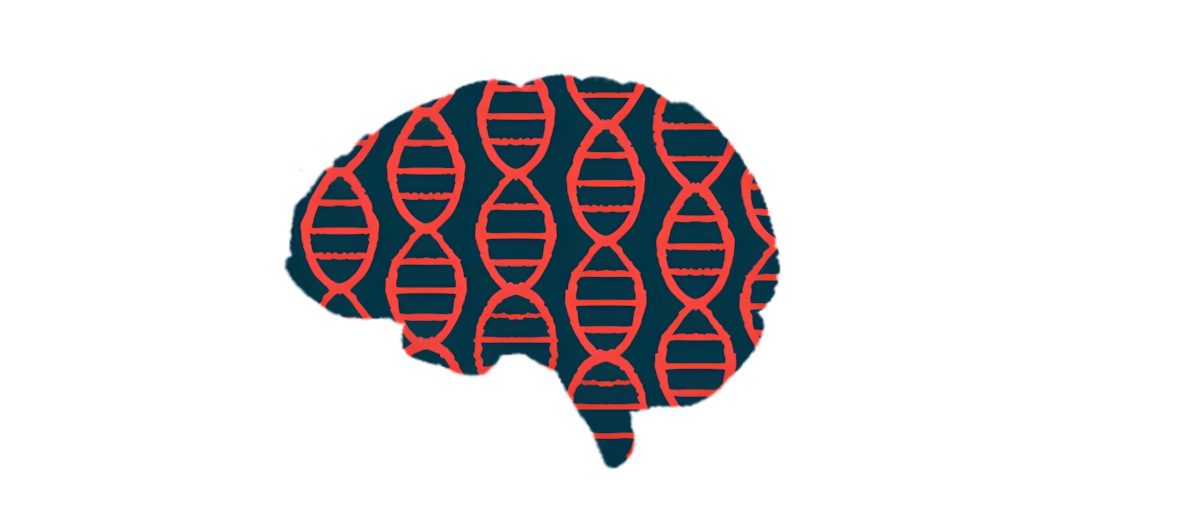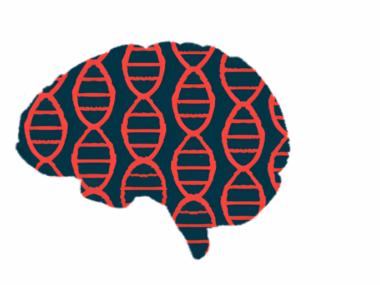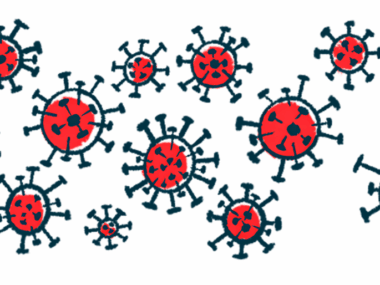Ancient viral genes in human DNA linked to MS in study
Researchers identify virus remnants with MS, ALS signatures
Written by |

Abnormal activity of ancient viral genes may play a role in the development of multiple sclerosis (MS) and other neurological disorders, a study found.
“Future functional studies are essential to elucidate the molecular and cellular mechanisms underlying their involvement in these conditions,” the researchers wrote. The study, “Ancient viral DNA in the human genome linked to neurodegenerative diseases,” was published in Brain, Behavior, and Immunity.
A large portion of the human genome is not human at all. Substantial stretches of human DNA contain genes from viruses that got incorporated into human DNA during ancient infections. A budding field of research is exploring how these viruses, called human endogenous retroviruses, or HERVs, may play a role in human diseases like MS.
“These sequences are not just static fossils derived from ancient viral infections — they must be actively influencing brain function in ways we are only beginning to understand,” Rodrigo Duarte, PhD, co-lead author of the study and a research fellow at King’s College London’s Institute of Psychiatry, Psychology & Neuroscience, said in a university news story.
Matching HERV activity, known risk factors
Scientists in the U.S. and U.K. set out to examine the role of HERVs in neurological diseases using a technique called retrotranscriptome-wide association studies.
This type of analysis involves cross-referencing data on HERV activity with data on known genetic risk factors for disease. If HERV activity is altered in the presence of genetic risk factors, it stands to reason that modifying HERV activity may be one of the mechanisms through which these risk factors play a role in disease.
“Using large genetic datasets and a new analysis pipeline, this study is well equipped at pinpointing which specific HERVs are important in increasing susceptibility for neurodegenerative diseases,” said Timothy Powell, PhD, co-lead author and senior lecturer at King’s College.
Results revealed two statistically significant associations between HERV activity and neurological disease. Lower activity of one HERV, called ERVLE_1p36.32a, showed a significant association with MS. Another HERV, dubbed MER61_12q14.2, was significantly associated with amyotrophic lateral sclerosis (ALS). No HERVs showed significant associations with Alzheimer’s or Parkinson’s disease.
“Our study provides an important step forward in our understanding of how ancient viral DNA in the human genome contributes to neurodegenerative disease,” the scientists wrote.
Functional analyses of the MS- and ALS-associated HERVs suggested that both of these ancient viruses are associated with homophilic cell adhesion, or the ability of similar cells to connect with each other, which plays a key role in brain signaling. Disruption of this type of cell-to-cell adhesion has been linked with neurodegeneration, the researchers said.
A limitation of the analysis was that the genetic data used came almost exclusively from people of European descent, the scientists said, noting a need to validate these findings in more diverse populations. They also stressed a need for further investigation into the biological effects of these HERVs, which they said could pave the way towards new treatment strategies.
“We now need to better understand how these HERVS impact on brain function, and whether or not targeting HERVs could offer new therapeutic opportunities,” Powell said.






